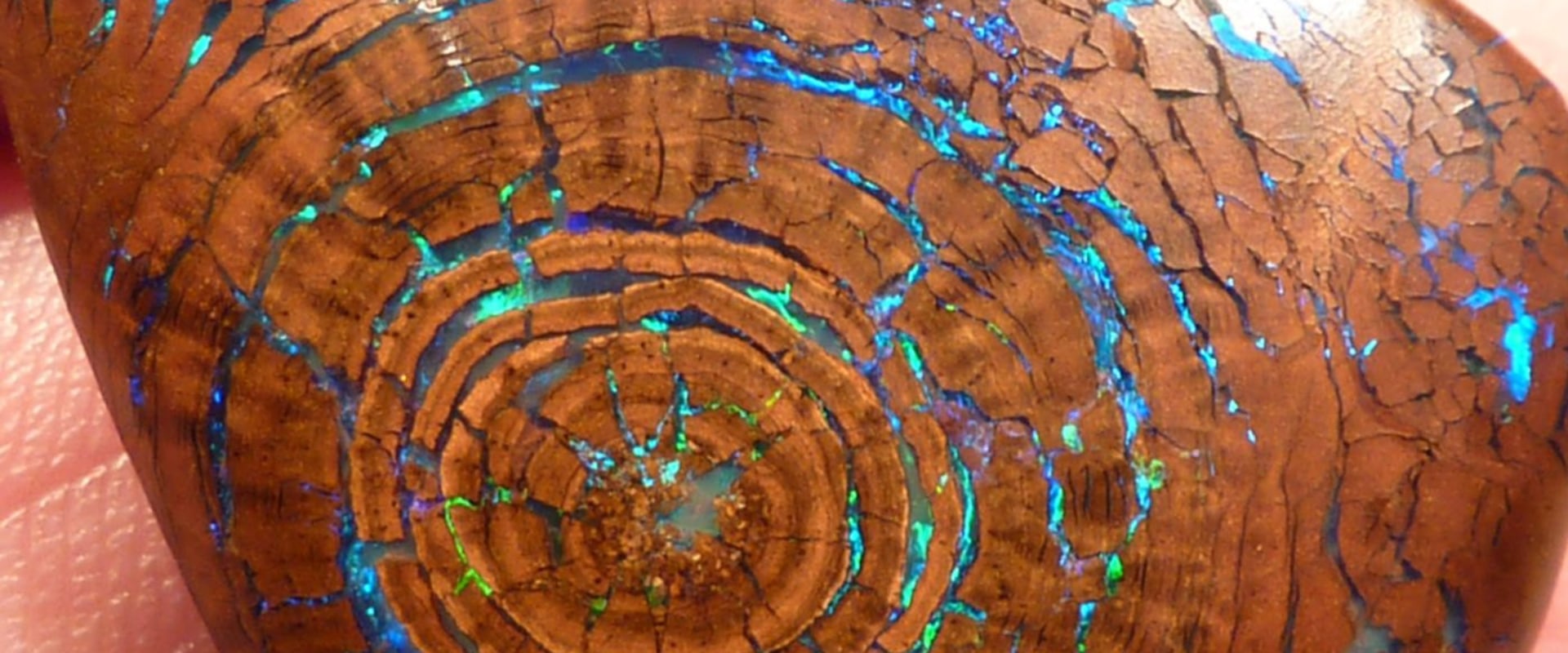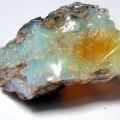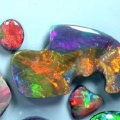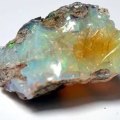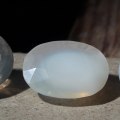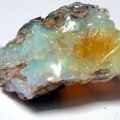Opal is arguably the most unique, diverse and beautiful birthstone. Unlike most gems, opal is amorphous, meaning it doesn't have a definite crystal structure. It takes many shapes and colors and, in that way, is quite unpredictable. Opal is the official birthstone of October.
Metaphysically, opal symbolizes purity and hope. It has been considered as a protective stone, as it prevents damage to the user. Opal is a great gift for your loved ones born this month. Fragile opal, once the stone of kings, second only to emerald, has an intricate personality and tradition.
The symbolism of opal is as varied as the play of colors of the stone itself. Many still consider opal to be a stone of good luck. However, those who have superstitions are more likely to hold on to negative associations. There are so many different shades of opal out there and you'll find the type that ties into each and every chakra.
Infused with light and color injection, opals respond well to many different chakras and, thanks to all that high vibrational energy, they are also excellent at eliminating any blockages in the body. It is a glorious mineral to bring spiritual light to the aura and ensure that even when it is imbued with a heavenly radiance, it remains protected and protected on your journey through whatever shamanic path you are sure to take. Opals are multicolored and consist of small spheres of silica arranged in a regular pattern, with water between the spheres. The spheres diffract white light, dividing it into the colors of the spectrum.
The larger dials offer all colors, the smaller ones only blue and green. Opals that have a predominantly red color are very rare, since they only appear where larger silica spheres were deposited. Opals are in a class by themselves. More than any other gem, each opal is distinctly individual.
No other stone has such rich and varied folklore. They are believed to be one of the luckiest and most unfortunate gems a person can have. They are so unique that they have their own descriptive vocabulary. Opals are also the most delicate gems that are commonly used.
They require special care to ensure their health and longevity. For those who seek angelic connections, to converse with the kingdom of spirits or who wish to strengthen any psychic gift they have, Opal can help in all of this and more. However, doublet and triplet opals (non-solid, partially artificial layered stones) can be damaged by prolonged exposure to water. By the beginning of the 19th century, the bad luck associated with stone had gotten a little out of hand, and opal had almost completely fallen out of popular use.
The water content of an opal is determined during stone formation, with water molecules blocked in small voids within the crystalline silicon structure of the opal. As early as 250 BC, the Romans appreciated opals, which are believed to come from mines in Eastern Europe, the main source of opals in the ancient world. Gemstones are most often used in jewelry and, for example, diamonds, rubies, emeralds, sapphires, jade, opals and amethysts. If a potentially economical opal is found, the drives or tunnels are excavated with pneumatic hammers or underground hydraulic excavators.
As there are many opal extraction points in the world, there are many different types of different qualities out there. Opal is one of the birthstones of October (along with tourmaline) and is the gemstone that is delivered on a 14th wedding anniversary. Opal also has to do with amplification, which means that this gem takes a hint of thought or feeling and shines a light on it so you can see clearly. If you get an opal ring, choose a setting that will protect it from coming into contact with other objects.
Opals can be used in crystal grids and reiki healing, as their amplifying energy really elevates the powers of other crystals a little more. Australian opals discovered in the late 1800s found little favor in European markets, but their commercial value increased in the 1900s and in 1932 Australia became the world's leading producer of opals and remains the largest producer to this day. Probably the most famous opalized fossil is Eric the Pliosaurus (marine vertebrate from the Cretaceous Age) that was found in Coober Pedy and is now part of the collection of the Australian Museum. Several European countries have regarded Opal in high esteem not only for its beauty, but also for its supposed ability to strengthen the virtues of purity, hope and veracity.
For a long time it was thought that opal was the most precious of gems because it housed the colors of many other venerated gemstones. . .
